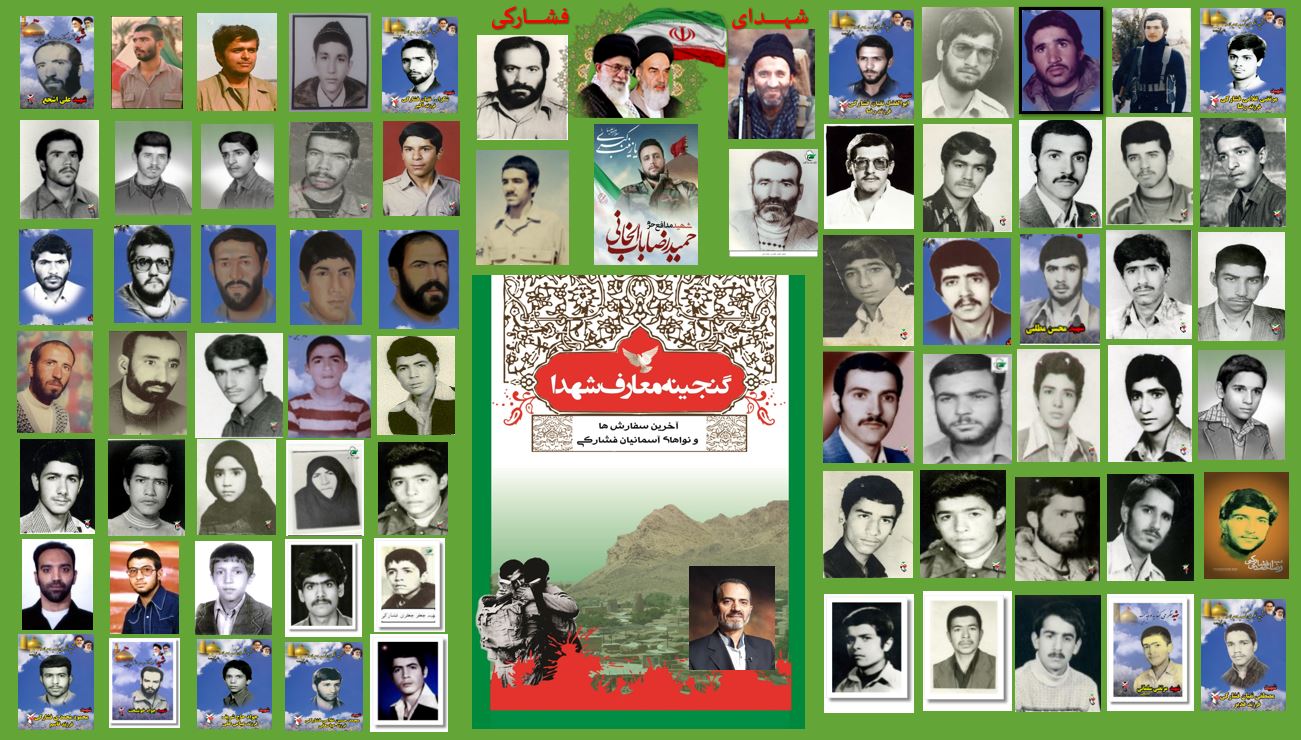طراحی الگویی برای ارزیابی رهبری مبتنی بر نظریه پیچیدگی
طراحی الگویی برای ارزیابی رهبری مبتنی بر نظریه پیچیدگی
نوع مقاله: مقاله پژوهشی
نویسندگان
1 هیئت علمی دانشگاه
2 عضو هیئت علمی دانشگاه
چکیده
عصر حاضر به عنوان عصر دانش و اطلاعات، با ویژگیهایی مثل افزایش رقابت و پیچیدگی همراه است. سازمانهای عصر دانش بنیان، ناگزیر شده اند تا رویکردهای مشارکت و شبکه سازی را در پیش بگیرند. رویکرد شبکه سازی، باعث ظهور مسائل جدیدی برای سازمانها شده است که مواجهه با آنها، منوط به بازنگری در پیش فرضهای قبلی علوم مدیریت، رهبری و سازماندهی است. در این مقاله تلاش می شود تا با نگاهی تحلیلی به این موضوع پرداخته شود و مدلی جهت ارزیابی رهبری مبتنی بر نظریه پیچیدگی ارائه گردد. برای ساخت مدل، فرض شد که هدف اولیه سازمان پیچیده، افزایش قابلیت انطباق و سرعت واکنش برای کسب نتایج نهایی است. در این راستا، نظریه های اصلی مفسر شبکه، یعنی نظریه پیچیدگی و نظریه رهبری پیچیدگی مورد استفاده قرار گرفت. برای تبیین سازماندهی در شبکه، از مفهوم فراساختار و برای تشریح فرایندهای اصلی در شبکه از فرایندهای اصلی نبرد شبکه مدار استفاده گردید. جمع بندی نهایی و یکپارچه کردن اجزای مدل با استفاده ازرویکرد تعالی سازمانی انجام شد. در نهایت یک مدل مفهومی، آزمون پذیر و عملیاتی برای ارزیابی رهبری مبتنی بر پیچیدگی ارائه گردید.
کلیدواژهها

عنوان مقاله [English]
Designing a Model for Leadership Evaluation Based on Complexity Theory
نویسندگان [English]
- Afshar Bazyar 1
- Mehdi Fesharaki 2
چکیده [English]
The current age is characterized by competitiveness and complexity as the age of knowledge and information. Knowledge age organizations inevitably take collaborating and networking approaches. Networking approaches have raised new issues in organizations, and to confront these issues requires revisiting the presumptions of management, leadership, and organization sciences. The main purpose of this study is to investigate these issues analytically and to present a model for leadership evaluation based on the complexity theory. In order to build the model, it is supposed that the primary aim of a complex organization is to enhance the adaptability and response speed to achieve the results. For this purpose of the study, the main networks interpreting theories — i.e. complexity theory and complexity leadership theory — are used. The concept of super-structure is used to explain organizing in network and the main processes of the net centric warfare is used to explain the main process of network. In order to conclude and integrate the ingredients of the model, organizational excellence approach is utilized. Finally, a conceptual, testable, and operational model is introduced.
کلیدواژهها [English]
- complexity
- leadership
- network
مراجع
http://www.nowavari.ir/article_14627.html

